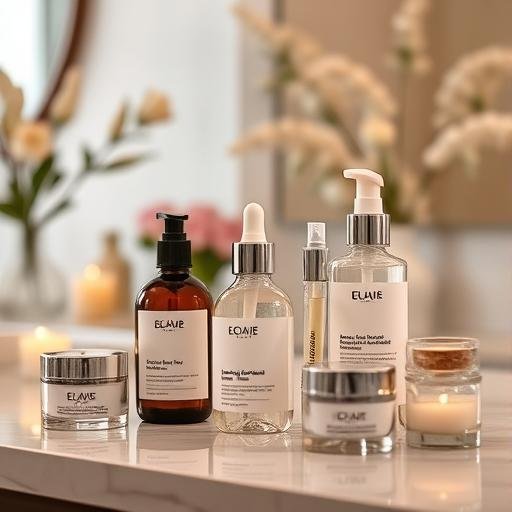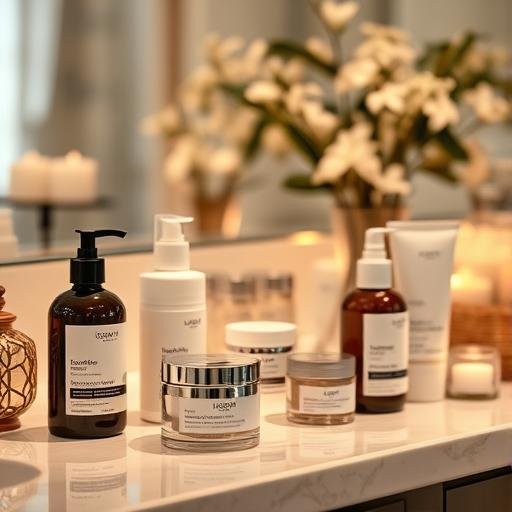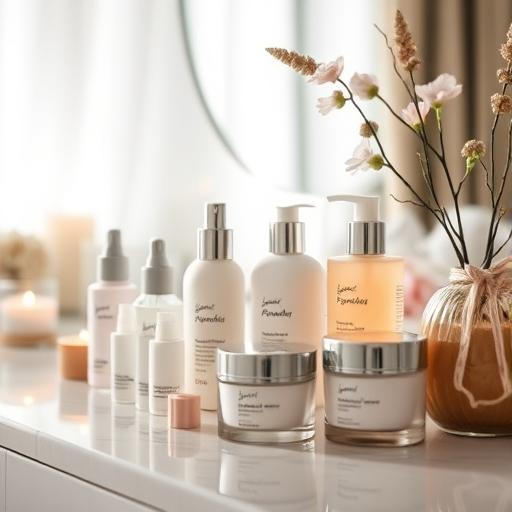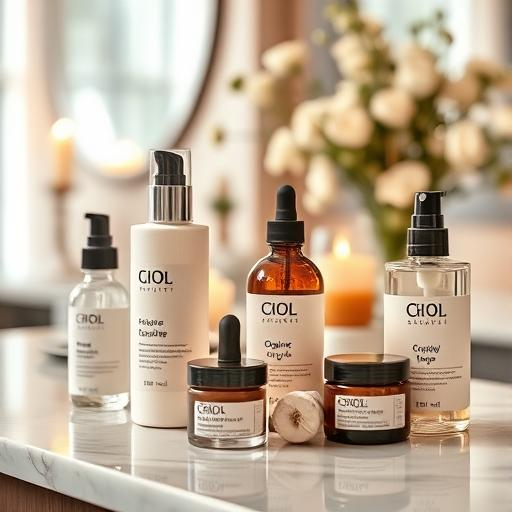
The Science of Skin Fasting: Does Skipping Products Actually Improve Your Skin?
Introduction
In a world where 10-step skincare routines are the norm, a new trend is emerging—skin fasting. The idea? Give your skin a break from products and let it “reset.” But does skipping your serums, moisturizers, and actives really lead to healthier skin? Let’s dive into the science behind this minimalist approach and whether it’s worth trying.
What Is Skin Fasting?
Skin fasting is the practice of temporarily pausing your skincare routine—or significantly simplifying it—to allow your skin to recalibrate. Proponents believe that overloading the skin with too many products can weaken its natural barrier and oil production, leading to issues like dryness, irritation, or breakouts.
The Potential Benefits of Skin Fasting
1. Restores the Skin’s Natural Barrier
Your skin has a built-in protective layer called the acid mantle, which helps retain moisture and block bacteria. Over-cleansing or using too many actives (like retinoids or exfoliants) can disrupt this barrier. A short break may help it recover.
2. Reduces Product Dependency
Some dermatologists suggest that constantly layering products can make skin “lazy,” reducing its ability to self-regulate oil and hydration. A reset period might encourage natural balance.
3. Identifies Irritants
If you’re dealing with unexplained redness or breakouts, skin fasting can help pinpoint which products might be causing the issue. By reintroducing them one by one, you can spot the culprit.
The Potential Downsides
1. Not Ideal for All Skin Types
If you have conditions like eczema, rosacea, or severe acne, skipping moisturizers or treatments could worsen symptoms. Always consult a dermatologist before making drastic changes.
2. Sun Protection Should Never Be Skipped
Even if you’re fasting from other products, SPF is non-negotiable. UV damage accelerates aging and increases skin cancer risk—so keep that sunscreen on!
3. Results Vary
Some people report glowing skin after fasting, while others experience dryness or breakouts. Skin is highly individual, so what works for one person may not for another.
How to Try Skin Fasting Safely
- Start slow: Skip just one product (like a serum or toner) for a few days.
- Hydrate: If you’re cutting back on moisturizer, drink more water to support skin hydration from within.
- Listen to your skin: If it feels tight, itchy, or irritated, reintroduce a gentle moisturizer.
- Keep it short: A 2–3 day break is enough to test the waters.
Final Verdict: Should You Try It?
Skin fasting isn’t a miracle cure, but it can be a useful experiment—especially if your routine feels overwhelming or your skin is acting up. The key is balance: while giving your skin a break can help, completely abandoning essential steps (like cleansing and SPF) isn’t the answer. If you’re curious, try a modified version and see how your skin responds!
Conclusion
At its core, skin fasting is about simplifying and tuning into your skin’s natural needs. Whether you take a full break or just cut back on actives, paying attention to how your skin reacts is the best guide. After all, skincare should work for you, not against you!
“`
RELATED POSTS
View all


